Advertisement
Artificial intelligence (AI) is no longer the realm of academic institutions and tech behemoths alone. The movement for open-source AI is gathering unheard-of momentum as artificial intelligence technologies become more complicated and ingrained in our everyday lives. Open source artificial intelligence is publicly accessible for anyone to examine, change, and utilise machine learning models, tools, and frameworks. This trend is significant because it may democratise artificial intelligence development, boost innovation, and raise openness.
From ethical conundrums to resource restrictions and security concerns, open source artificial intelligence does, however, also provide a set of difficulties and limits. This blog looks at the value of open source artificial intelligence, its advantages, and the areas in which it currently lags.

The power of open source artificial intelligence to democratise technologies is among its most transformative features. Historically, advanced artificial intelligence systems were mainly available to privileged research laboratories or well-funded companies. Even startups and individual developers may now test cutting-edge models with open source frameworks as TensorFlow, PyTorch, Hugging Face Transformers, and LangChain.
Smaller companies may innovate thanks to this accessibility without starting from nothing. Developers may improve the community, hone algorithms, and extend upon already-existing designs. It reduces the entrance barrier, promoting a wider spectrum of ideas and viewpoints. This cooperative attitude speeds up research and may produce more innovative and effective answers in many sectors.
The "black box" character of private artificial intelligence systems is one of their most attacked features. Open source artificial intelligence provides a complete view of model operation, helping solve this problem. Researchers, authorities, and users may audit code bases; data utilisation can be checked, and performance measures validated. This openness builds confidence, particularly in fields like healthcare, banking, and criminal justice, where AI choices have broad effects.
Open source models also permit ethical review. Communities may call developers responsible, point out prejudices, and propose changes. This group supervision helps to ensure that bad actors are checked and advances the creation of more inclusive, fair AI systems. When algorithmic bias is a main issue, transparency offers a necessary layer of social control.
Academic and corporate research now increasingly lies in open-source artificial intelligence. Sharing models and outcomes helps to hasten benchmarking and experimenting. More readily replicable results and iterative collaboration amongst researchers help to establish the dependability of scientific conclusions.
Additionally, cross-disciplinary cooperation is encouraged in cooperative development settings. Data scientists, engineers, and domain specialists may come together on open platforms for real-world challenges in healthcare, agriculture, education, and more. Leading models of how cooperative artificial intelligence research may be expanded for worldwide benefit are initiatives like Openml and MLCommons.
Artificial intelligence open sources provide major financial advantages. Companies using open source software may save development time and avoid expensive licensing costs. Many software companies use hybrid approaches, combining open-source tools with private features to combine access with competitive advantage.
Startups especially gain from open source artificial intelligence as it allows them to develop concepts rapidly and reasonably. Smaller businesses may challenge established enterprises and promote market innovation, utilising this competitive levelling of the playing field. Countries and areas striving to enhance their digital ecosystems also find open source artificial intelligence to drive economic growth.
Open source artificial intelligence has several shortcomings, even with many benefits. Variability in quality and maintenance raises many key issues. Many open source initiatives launch with great excitement but lack long-term funding. Contributors may go on; documentation might go out of date; unsolved issues could remain for years.
Unlike commercial software, open source projects can depend on volunteer contributions, which could restrict scalability and dependability. While some big projects that companies support maintain high standards, smaller initiatives could lack the foundation for ongoing growth. This may impede adoption, particularly for mission-critical applications.
Open source artificial intelligence also suffers from a great vulnerability to abuse. Publicly accessible strong tools and models may be used for negative intent. Open source artificial intelligence using unethical methods includes deepfake generators, disinformation bots, and automated surveillance systems.
Furthermore, raising questions about national security and cyber dangers opens access to AI technologies. Malicious actors may develop malware or bypass security systems using open models. The hazards can exceed the advantages without sufficient control and protection. The difficulty is to combine appropriate usage with transparency.
Although open source artificial intelligence models are publicly accessible, they usually need large datasets for training. Using these datasets and sourcing them could generate major privacy and compliance issues. Online scraped data, for instance, could include copyrighted or sensitive material.
Many open source initiatives run in a legal murky area regarding data ownership and permission. Developers and companies can unintentionally break GDPR or CCPA data protection rules using these models. Dealing with these problems calls for more exacting data governance, more documentation, and clearer legal rules for open source contributors.
Because the open source ecosystem is naturally dispersed, fragmentation might result. Integration or comparison of models is challenging when different projects use comparable elements in conflicting ways. Further complicating assessment is a dearth of consistent standards and performance criteria.
Another conflict is governance. Which donations are approved by whom? How are moral principles applied? While democratic, open source groups may occasionally be ineffective and exclusive, they usually run on meritocracy and consensus. Long-term viability of open source artificial intelligence depends on improved systems for responsibility and decision-making.
Despite the excitement, many companies are reluctant to completely adopt open source artificial intelligence because of supposed hazards. Adoption could be discouraged by questions regarding dependability, security, and intellectual property. Organisations also worry about the absence of professional help and the challenges in customising open source models for particular requirements.
Some organisations provide "enterprise-grade" open source artificial intelligence solutions with support, SLAS, and more capabilities to allay these worries. This closes the distance and generates a hybrid model that somewhat brings private aspects back into use. Still, a difficult task is combining open source values with commercial objectives.
The development of skills and education depends much on open-source artificial intelligence. Working on actual projects gives students and future data scientists practical experience. Open access to models and datasets is a useful complement to academic courses and helps to reduce learning expenses.
However, given the speed at which artificial intelligence develops, instructional resources might soon become outdated. Some tools have a high learning curve as well, hence novices might have difficulty without appropriate mentoring. Nurturing the next generation of artificial intelligence talent depends on guaranteeing equitable access to instructional materials and community support.
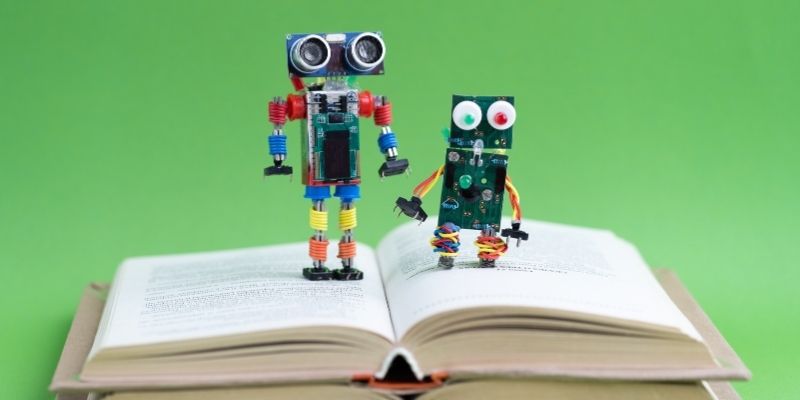
Unquestionably, open source artificial intelligence is a potent tool for democratising, innovating, and cooperating. It lets people and companies create sophisticated systems free from the limitations of proprietary software. It promotes research, openness, and economic development. Still, it's not a cure-all. Problems like security flaws, poor government, legal uncertainty, and unequal quality must be addressed aggressively. The community has to carefully balance openness and accountability if open source artificial intelligence is to realise its possibilities fully.
Open source development will be crucial in determining ethical, easily available, and efficient technology as we go towards an AI-driven environment. Developers, academics, legislators, and consumers will be responsible for ensuring open-source artificial intelligence keeps benefiting society.
Advertisement
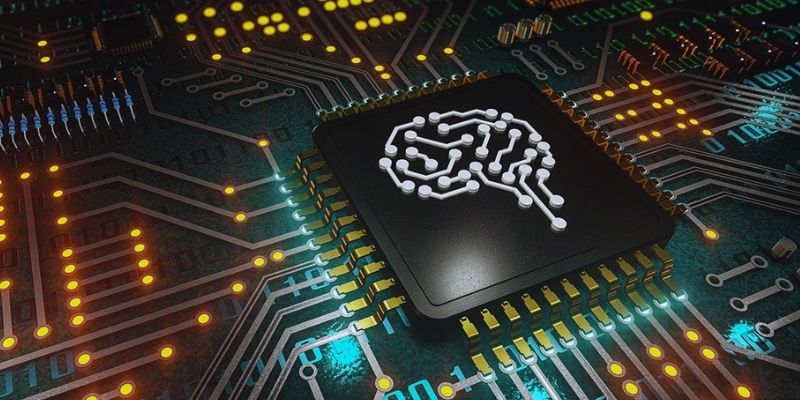
Know what an AI accelerator is, how it works, and why it's vital for powering today's smart tech and intelligent systems
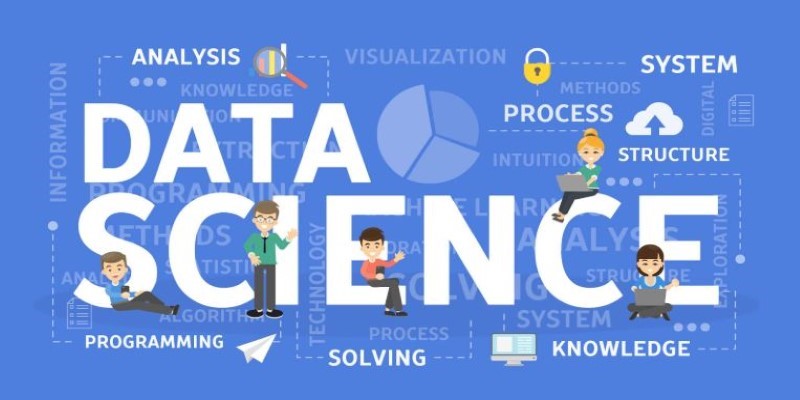
Explore the most reliable data science platforms in 2025. From notebooks to automated modeling, find the best tools for data science across all skill levels
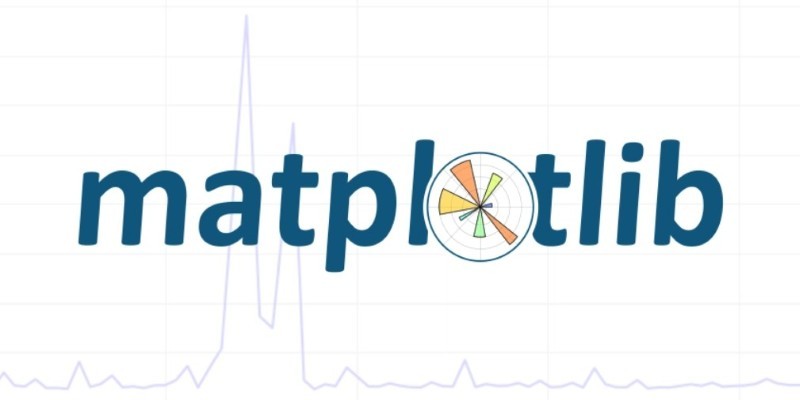
Find out the 10 unique ways to use advanced data visualization with Matplotlib to make your charts more engaging, clear, and insightful. From heatmaps to radar charts, learn how to go beyond basic graphs and explore deep-er patterns in your data

Encountering errors in ChatGPT? Learn how to fix common issues like "not responding," "network errors," and more with these easy-to-follow solutions

Adobe plans to integrate generative AI tools from OpenAI and others to boost creative workflows and user productivity

In daily life, inductive arguments transform ideas, guide behavior, and enable intelligent choices grounded on noticed trends

Looking for the best Synthesia AI alternatives in 2025? Discover smart AI video tools that help you create videos with avatars, text-to-speech, and script automation faster and easier
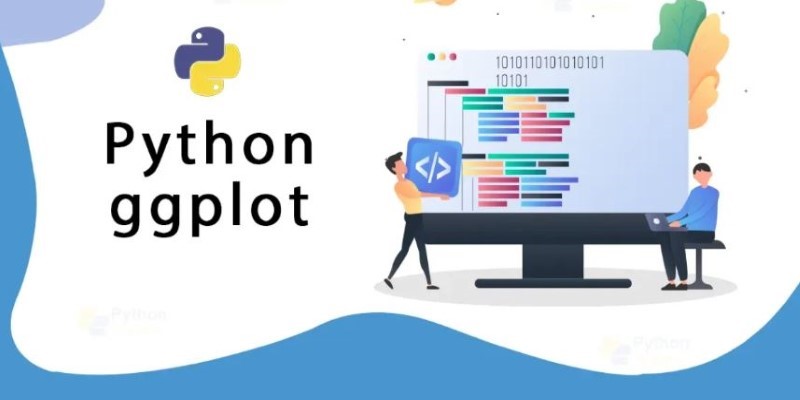
Learn how to create effective charts using ggplot in Python. This guide covers syntax, setup, and examples for powerful data visualization using the plotnine library

Want to chat, learn, or translate using ChatGPT in another language? Discover how it handles multiple languages and helps with grammar, vocabulary, and fluency
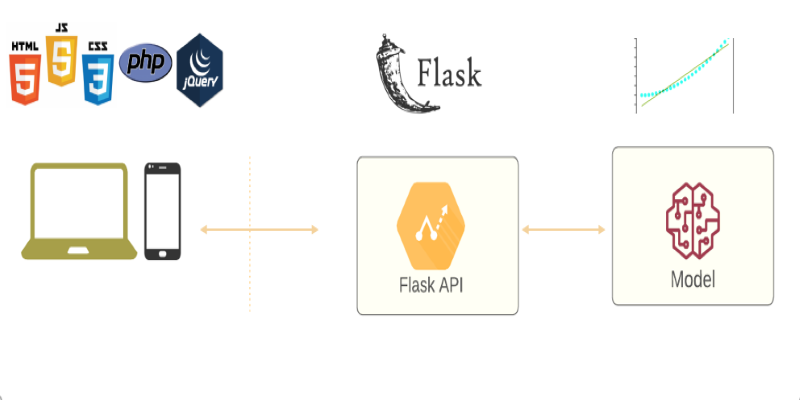
Learn how to deploy your machine learning model with Flask in 2025. Step-by-step guide on setting up Flask, testing your API, and making your model production-ready
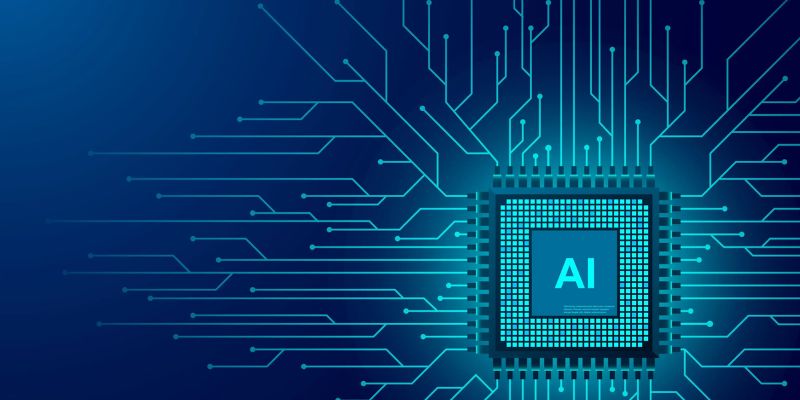
Learn how artificial intelligence organizes random data, increases output, and drives efficiency throughout content management
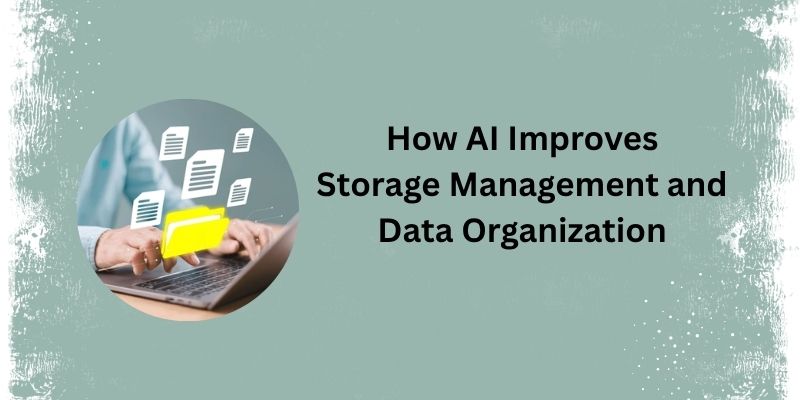
From sorting files to predicting storage needs, see how AI helps manage and optimize your data storage without any effort.